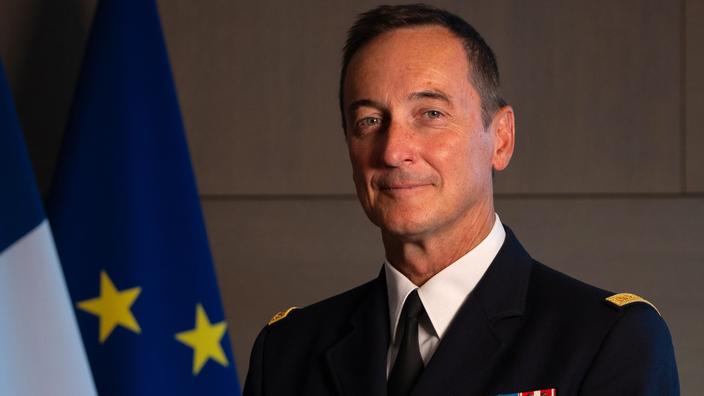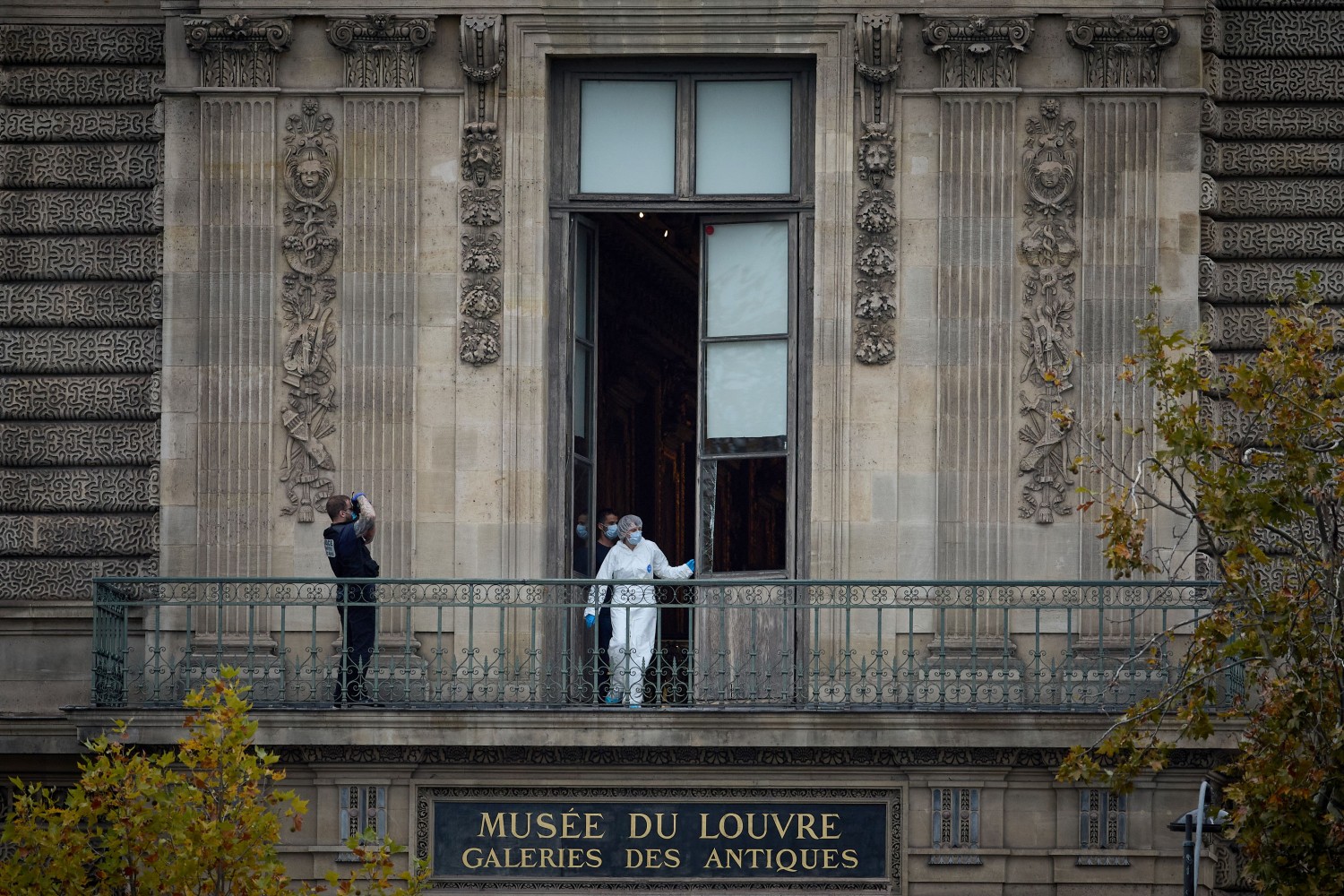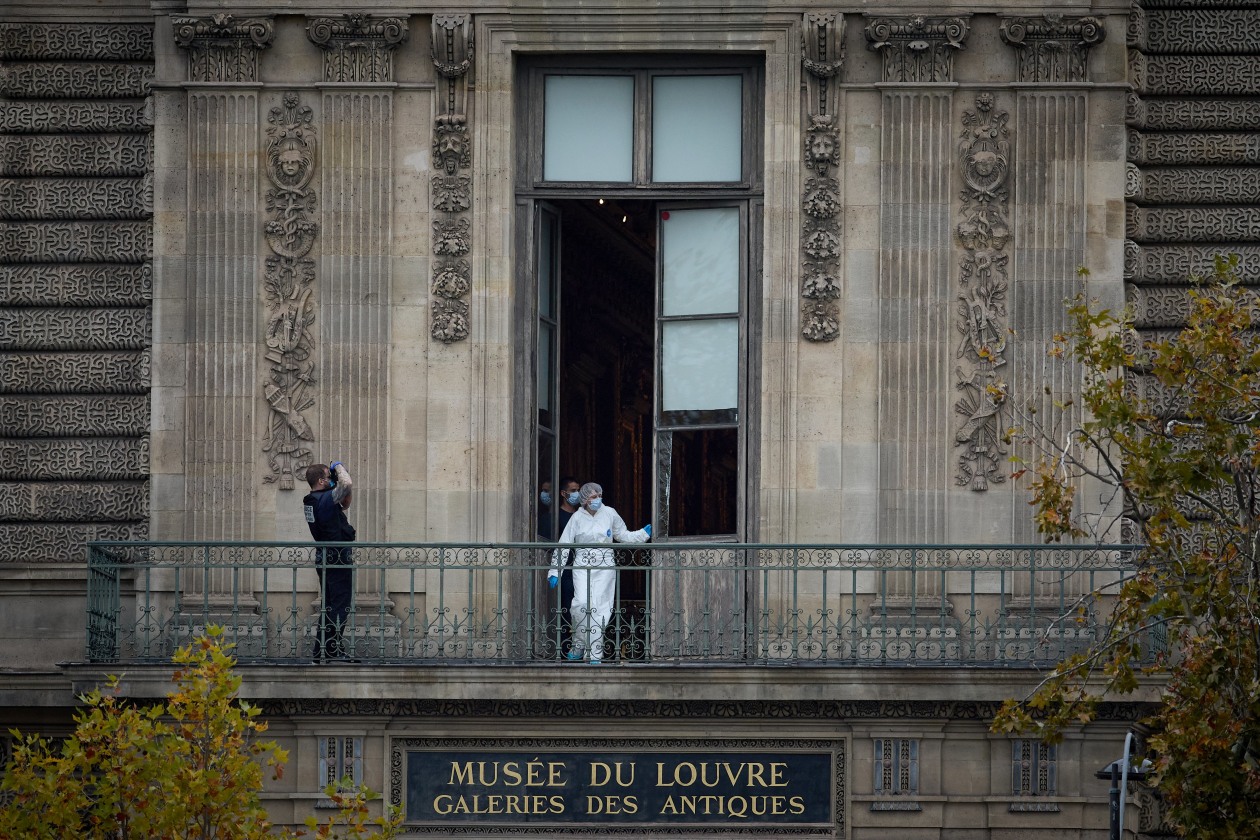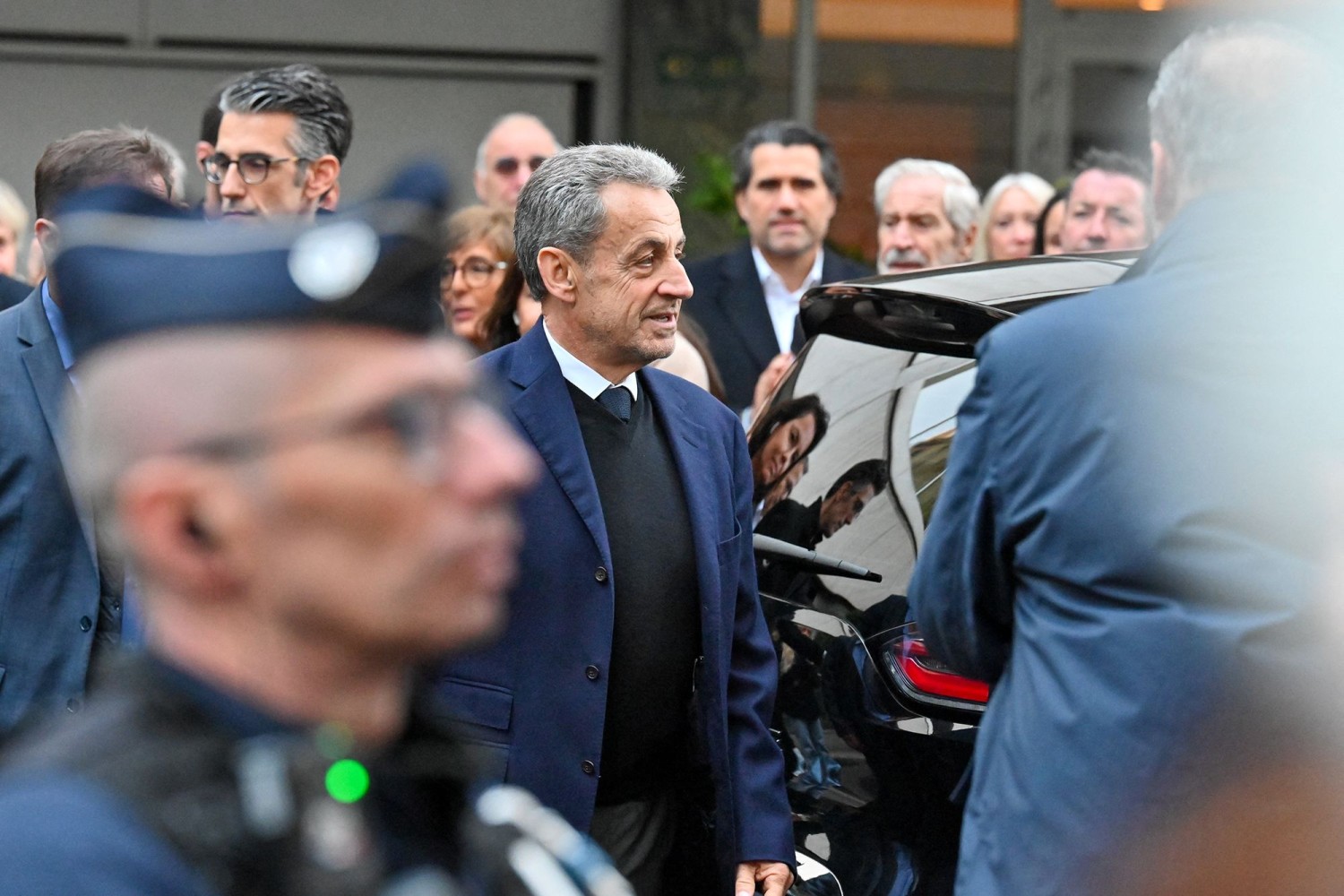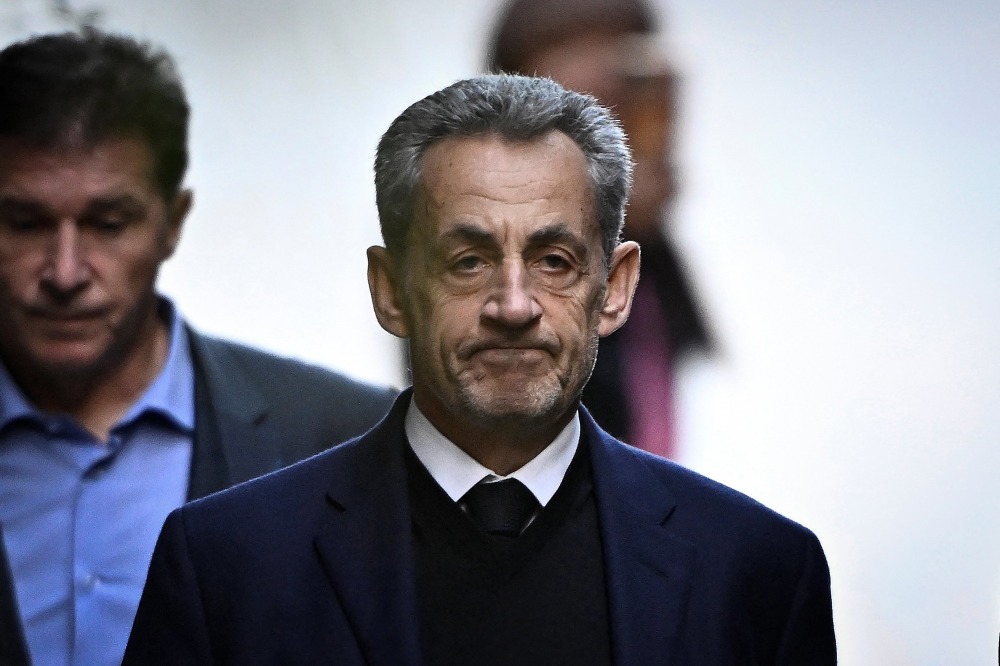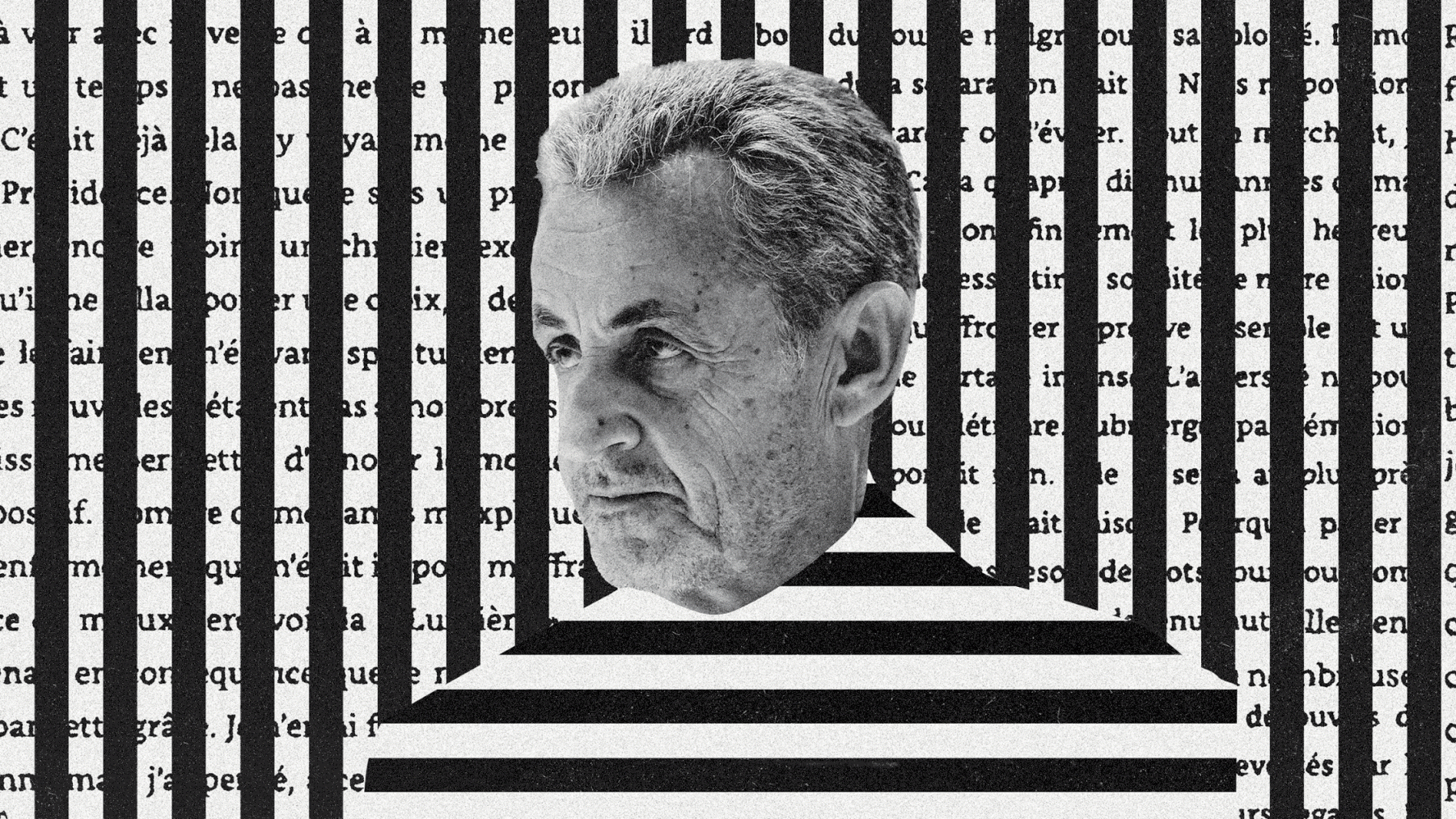
This article is more than
9 year oldWhy France has become the ‘epicentre’ of terror attacks in Europe
Terror has returned to the streets of France just as the country was about to breathe a sigh of relief.
France has been under a state of emergency — which gives security and legal forces more power to conduct investigations and arrest suspects — for 19 months.
It was due to be lifted on July 26 after the Tour de France cycling race but has instead been extended another three months following the Bastille Day attack in the French Riviera city of Nice on July 14.
The mass murder of at least 84 people during Bastille Day celebrations has marked the third deadly terror attack in less than two years in France.
No one has yet claimed responsibility for the Bastille Day attack, which saw a driver plough a truck into a group of spectators and fire rounds at them, along the famed Promenade des Anglais seafront.
The driver — who has not yet been identified — drove at high speed for more than 100m before he was shot dead.
France has become disturbingly familiar with terror attacks on home soil but while there are still many questions to be answered, at the top of the list is, why?
‘It’s the epicentre of Europe’
Neil Fergus, chief executive of Intelligent Risks (IR), is an Australian-based expert on international terrorism, who works with French authorities in relation to safety and security in Paris.
Mr Fergus told news.com.au that France was a prime target for IS-related terror attacks because it was “a beacon of liberty, egalitarian and with social values”.
“Paris and France are at the heart of western numinous philosophy,” he said.
“It is abhorrent to these people. Europe is abhorrent to these people. France is seen as the epicentre.”
He said that France had come under attack from homegrown French terrorists and others who travelled from outside the country to inflict maximum devastation on the nation.
Mr Fergus said French authorities were currently investigating more than 150 cases in the greater Paris region as part of their ongoing counter-terrorism efforts.
“The history of jihadi attacks in France goes back to the mid-90s when the GIA launched attacks on the metro rail system,” Mr Fergus said.
“The current spate of attacks has been prompted by the (Al-Nusra Front) leadership of Jabhat al-Nusra in Raqqa, Syria.”

‘France-based IS followers instructed to strike from inside’
In a worldwide message to its followers in September 2014, Islamic State singled out France: “If you can kill a disbelieving American or European — especially the spiteful and filthy French — or an Australian, or a Canadian, or any other disbeliever from the disbelievers waging war, including the citizens of the countries that entered into a coalition against the Islamic State, then rely upon Allah, and kill him in any manner or way however it may be.”
Then in November 2014, IS released a recruiting video aimed at French Muslims, calling on jihadists to execute attacks in France if they could not make it to IS-held territory.
“They put out tapes on YouTube 18 months ago involving French jihadists, speaking in French and declaring attacks on France and encouraging their brothers to launch opportunistic attacks in France,” Mr Fergus said.
“What (IS) has been doing through far reaching social media campaigns is encouraging supporters anywhere and everywhere to carry out opportunistic terror attacks.”
On November 13, 2015, nine militants carried out a deadly and co-ordinated set of attacks throughout Paris, killing 130 people and wounding many more. Some of the attackers blew themselves up near the Stade de France stadium, others opened fire on downtown cafe terraces and a third group armed with guns and suicide vests killed 90 music fans at the Bataclan rock concert hall.
France intensified its military campaign against IS following the terror attacks in Paris in November.
In response to the massacre, French President Francois Hollande labelled the night of carnage an “act of war” and ordered a three-month state of emergency, which was later extended to July 26, 2016.
The state of emergency was today extended for another three months.
In the wake of the attacks on November 13, 2015, IS continued to incite French citizens to violence and threatened further attacks on France and other Western countries.
Mr Fergus said there was credible intelligence that suggested two teams of operatives were recently sent by IS to carry out attacks in Europe.
“The precise targets are not known,” he said.
“I’m not suggesting the attack in Nice is a part of that. It may be a totally separate event.”
‘IS is weakening and wants to appear otherwise’
French President Francois Hollande announced on Wednesday that France was sending an aircraft carrier to help in the fight against IS in Iraq and Syria.
“We have to strike back at and destroy those who attacked us here in January and November 2015,” Hollande said.
A battle group that includes the aircraft carrier the Charles de Gaulle will be deployed in the fall, Hollande said.
Mr Fergus said IS was weakening as it continued to “suffer serious military reversals in principal operations”, including Fallujah, Iraq.
“IS is well aware it’s about to be attacked in Mosul (Iraq) and they will lose Mosul. They are instructing people to take people outside of that area. What we are unfortunately going to see as a result, as (IS) is defeated by military over the next 18 months to two years, will be a spread of people all over world. We will see more attacks globally.”

He said IS wanted to break the will of the French government with continued terror attacks.
“(IS) no longer has the capabilities to take on regular forces in the way they defeated Iraq units. They’re more dangerous (now). The instructions from their leadership is to strike their enemies,” he said.
“They’ve had aspirations of being an IS caliphate and having the organs and instruments of government including military forces.”
On June 13, 2016, convicted terrorist Larossi Abballa stabbed two police officers in an attack claimed by IS.
The wave of jihadist attacks, claimed by IS, follow France’s deadly January 2015 Charlie Hebdo attacks and a thwarted August 2015 shooting attack on a France-bound train from Amsterdam.
‘France isn’t an easy target but it’s a prime one for IS’
In response to these attacks, France has become increasingly alarmed over its susceptibility to terrorist attacks and homegrown radicalisation, according to a new report by the Counter Extremism Project.
Mr Fergus said France boasted some of the best security in the world.
“There are very significant and effective security operations being conducted on an ongoing basis on all ports of entry, principally international airports,” he said.
“Deployments of several thousand military with French national police to protect points of mass assembly, transport hubs, iconic tourist venues, the Eiffel Tower, Notre Dame, obviously France is full of wonderful places of that ilk. It’s not only French national police on patrol but also the French military unit.”
Earlier this week, France’s most senior security chief predicted Islamic extremists would look to increase their capacity to kill by using booby-trapped cars and bombs.
Testimony by Patrick Calvar, who heads the internal intelligence agency DGSI, and other top security officials was made public Tuesday in a 300-page report by a parliamentary commission that examined France’s means to fight terrorism.
According to AP, the report revealed numerous intelligence lapses that paved the way for the attacks in January and November 2015 that together killed 147 people.
The Australian government is warning travellers in France to exercise a “high degree of caution”.
Supporters of Islamic State were today celebrating on social media the Bastille Day attack.
“The number of those killed had reached 62 French crusaders and sinful infidels in Nice, France. God is great, God is great,” read one tweet.

=========
Timeline of terror in France:
July 14, 2016: A yet-to-be identified driver ploughed a truck into a mass of Bastille Day spectators and fired rounds at them along the famed Promenade des Anglais seafront in Nice. At least 80 people were killed and many more wounded.
June 13, 2016: Convicted terrorist Larossi Abballa stabs two married police officers in their home in Magnanville in an attack claimed by IS. Abballa holds the couple’s three-year-old son hostage and live streams the murder of his parents to Facebook before police storm the home and rescue the child.
November 13, 2015: IS terrorists simultaneously attack public sites in Paris, killing 130 and wounding more than 350 in the worst attack on France’s soil since World War II. IS claims responsibility, calling the attacks the “first of the storm.”
August 21, 2015: Ayoub El Kahzani boards a Thalys train from Amsterdam to France armed with a Kalashnikov assault rifle, pistol, ammunition, and a box cutter. Two US servicemen and two Europeans observed the suspect preparing to attack and intervened, preventing the suspect from inflicting what French President Francois Hollande said could have been “a true carnage.” El Kahzani was kept on an international watch list and had reportedly travelled to Syria in 2014.
April 19, 2015: Algerian extremist Sid Ahmed Glam attempts to gun down a church in the suburbs of Paris.
June 26, 2015: Yassine Salhi, drives into an American-owned gas factory in southeastern France.
He throws gas canisters in the yard outside, and decapitates a man (Salhi’s boss), covering the victim’s head in the Muslim declaration of faith, “There is no God but God and Muhammad is his prophet.” A flag emblazoned with Islamist inscriptions is found at the site of the attack.
January 7, 2015 — January 9, 2015: Brothers Cherif and Said Kouachi launch a deadly assault on the offices of French satirical magazine Charlie Hebdo, killing 12 in the name of al-Qaeda in the Arabian Peninsula (AQAP). The Charlie Hebdo attack is the deadliest on French soil in more than 50 years. In the days following the attack, gunman Amedy Coulibaly goes on a shooting rampage, killing a policewoman before taking and killing hostages at a kosher supermarket in the name of IS.
May 24, 2014: French-born jihadist Mehdi Nemmouche kills four at a Jewish Museum in Brussels.
May 25, 2013: Muslim convert and Islamist Alexandre Dhaussy stabs a French soldier in a suburb of Paris.
March 2012: Gunman Mohammed Merah goes on shooting spree in southern France, killing seven.
November 2, 2011: Charlie Hebdo offices are firebombed.
2009 — 2011: Al-Qaeda in the Islamic Maghreb (AQIM) kidnaps a number of French citizens.
Sources: Christian Science Monitor, National, Al Arabiya, France24
October 2002: A bomb explodes next to a French tanker in Yemen, killing one crew member.
May 2002: A bomb explodes in Karachi, killing 11 French navy experts.
December 3, 1996: A bomb explodes at Port Royal station in Paris, killing two and wounding seven.
October 1995: On October 6, a bomb explodes at a metro station in Paris, injuring 12.
On October 17, a bomb explodes in a train in Paris, injuring 29.
September 1995: On September 3, a bomb explodes in an open-air market in Paris, injuring four.
On September 4, police find an unexploded bomb in a public toilet in Charles Vallin square in Paris. On September 7, a car bomb explodes near a Jewish school in Lyons, wounding 14.
August 1995: On August 17, GIA bombs Paris’s Arc de Triomphe, wounding 17.
On August 26, police find an unexploded bomb on a railway track near Lyons.
July 1995: On July 11, The GIA assassinates Muslim cleric Abdelbaki Sahraoui at a mosque in northern Paris.
On July 25, a bomb claimed by the GIA explodes at the Saint-Michel metro station in Paris, killing eight and injuring around 150.
December 24, 1994: The GIA hijacks Air France Flight 8969 and kills three hostages before France’s GIGN storm the aircraft in Marseilles, freeing the remaining passengers.
1983: Hezbollah bombs French Marine Barracks in Beirut, killing 58 French service members.
August 1982: Gunmen open fire and throw grenades at a restaurant in the Jewish quarter of Paris, killing six and wounding 22.
June 18, 1961: The OAS bombs a train, killing 28.
